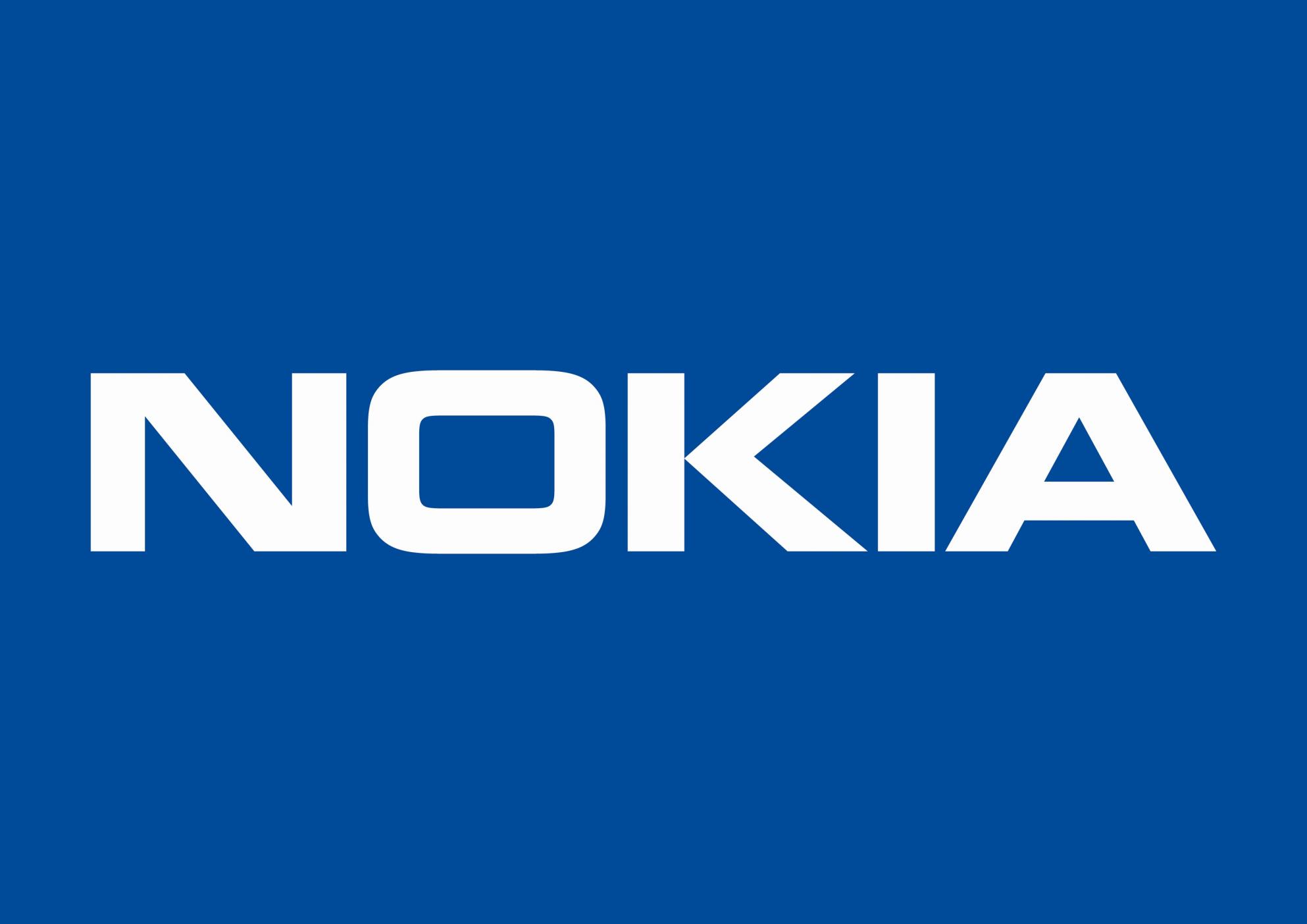Nokia has announced major updates to its Motive Customer eXperience Solutions (CXS) software portfolio, to provide communications service providers (CSPs) with advanced machine learning capabilities to reduce costs and improve customer experiences.
Nokia Motive Service Management Platform (SMP) 7.0 and Motive Care Analytics (CAL) 2.0 use machine-learning algorithms developed by Nokia Bell labs – advanced capabilities that give computers the ability to learn without being explicitly programmed. With support for machine learning in its CXS portfolio, Nokia aims to to dramatically improve the detection, troubleshooting and resolution of subscriber issues.
Nokia Motive SMP 7.0 features Dynamic Intelligent Workflows, a new self-optimising system that determines the ideal sequence of tasks that deliver the highest probability of resolving billing, subscription and network service issues in the shortest amount of time. By analysing data from previous workflow executions, the network, customer premises equipment, and trouble tickets, this capability enables service providers to quickly find the optimal remediation to issues when subscribers contact help desk agents or use self-care.
Nokia Motive CAL 2.0 automatically correlates customer help desk calls and self-care actions with network, service and third-party application topologies to identify call anomalies, such as unusual patterns in help desk calls that indicate the location of customer-impacting network and service issues. Once anomalies are identified, Motive CAL initiates actions through Motive SMP to resolve service disruptions and other issues before they become widespread problems, triggering call deflection to IVR systems and OSS alarm correlation for rapid fault localisation and identification.
Nokia claims that deployed together, Motive SMP 7.0 and Motive CAL 2.0 can help CSPs lower costs by reducing average help desk handling times 5 to 15% and eliminating inappropriate truck rolls related to network outages by as much as 90% . They also enable service providers to improve customer satisfaction and reduce churn by eliminating 85% of outage-related help desk calls.
“Service disruptions are often hard to identify because they happen in the access network, on customer equipment or on customers’ devices,” said Bhaskar Gorti, the president of Applications & Analytics at Nokia. “Traditional customer care may only address a small part of a larger problem and the time-consuming, step-by-step troubleshooting process can lead to customer frustration and the risk of lost business. By providing the earliest possible detection of network issues and streamlining help desk and self-care interactions, these new Nokia solutions reduce IT and care costs, and result in happier, more loyal customers.”
Sheryl Kingstone, the research director for Business Applications at 451 Research, added: “Reducing the complexity around customer care, providing a personalised experience and introducing self-service are key to maximising customer satisfaction and improving Net Promoter Scores. By embedding machine learning into customer care offerings, operators can provide relevant and engaging customer journeys across new channels of interactions, which are integral to success in today’s digital world.”






